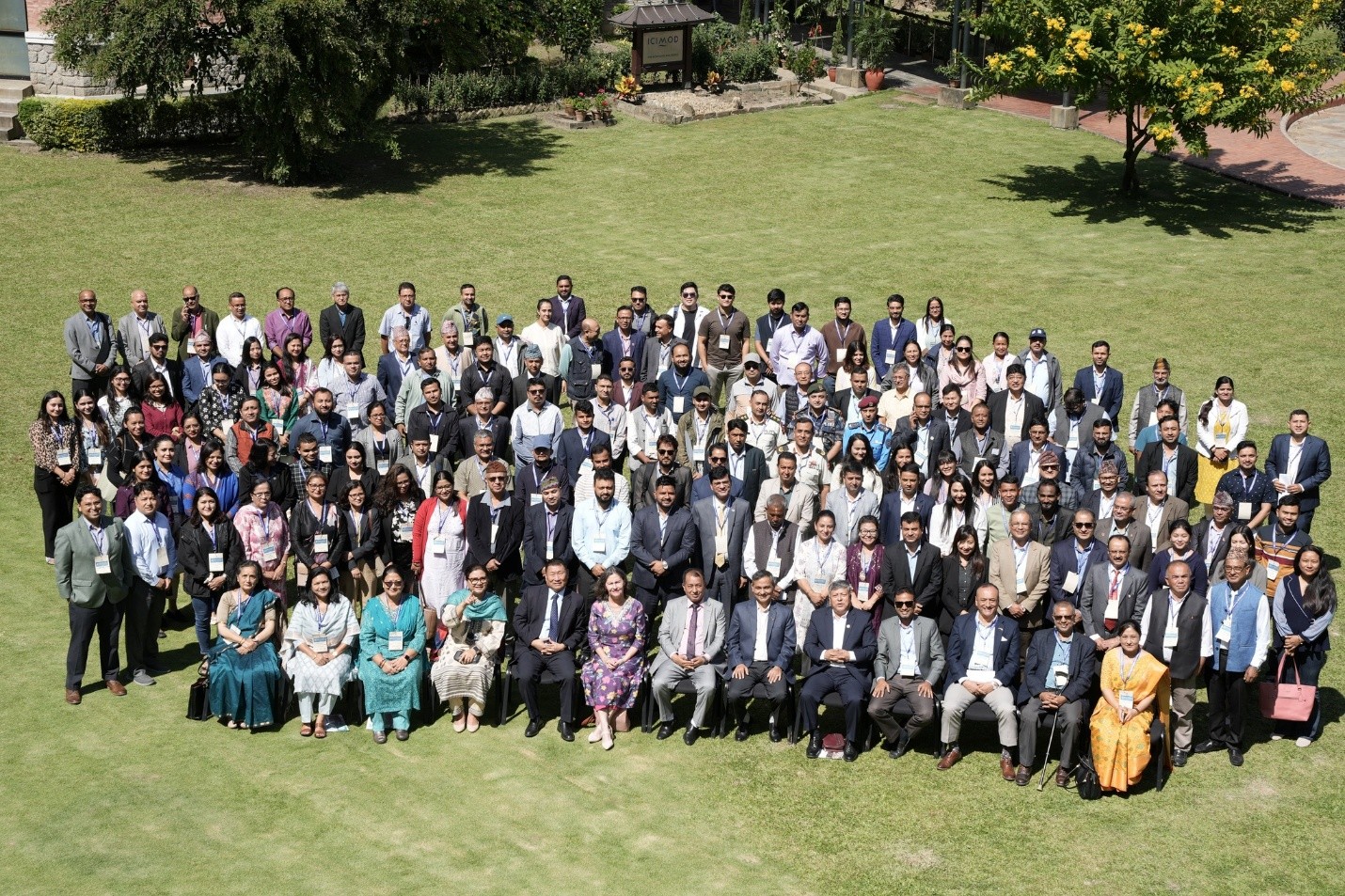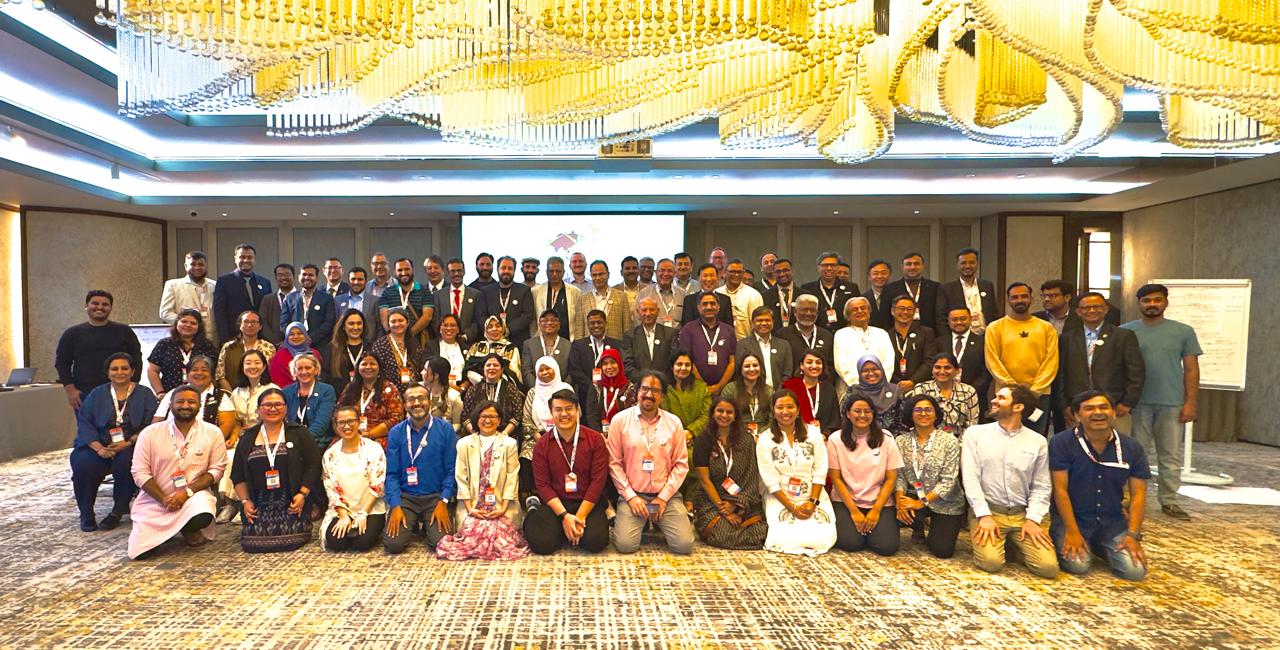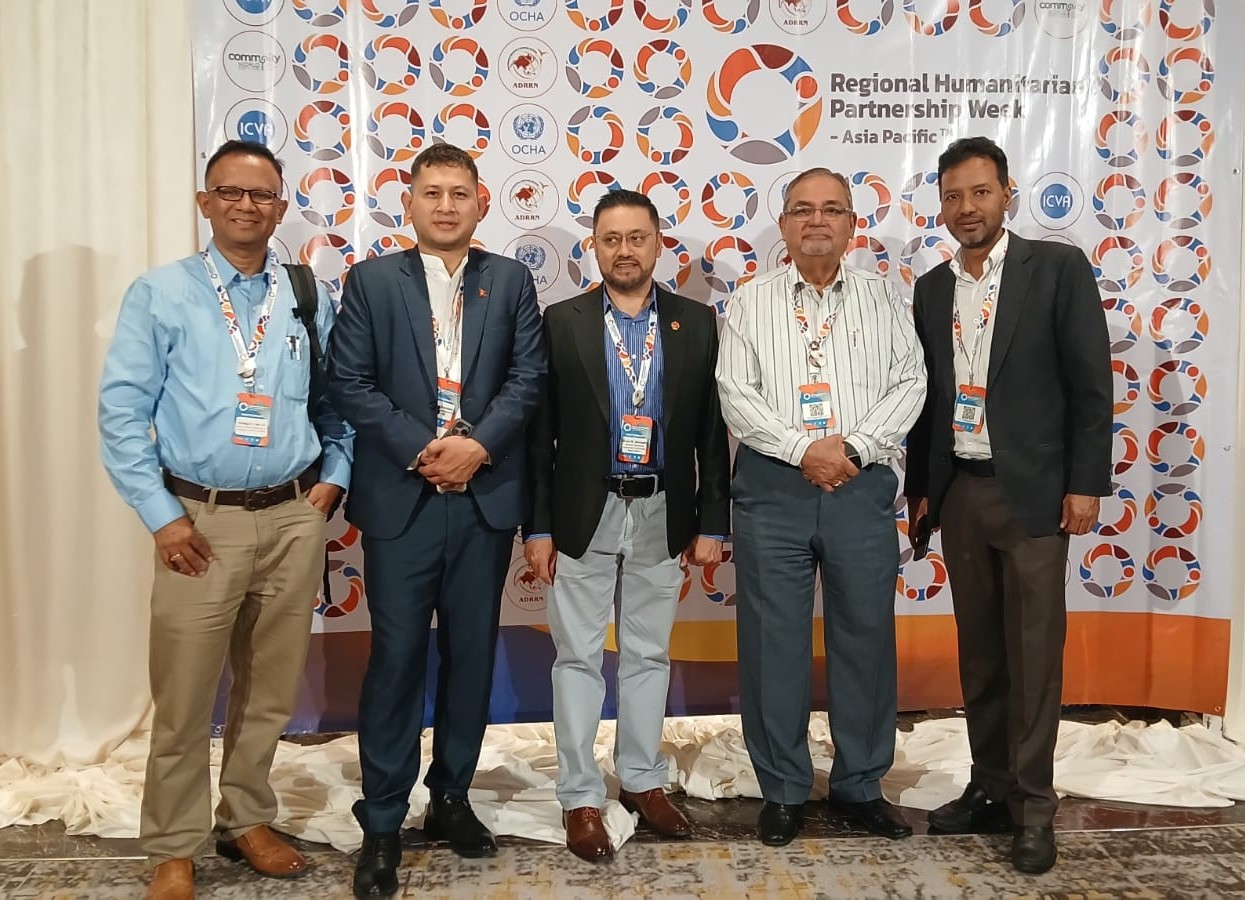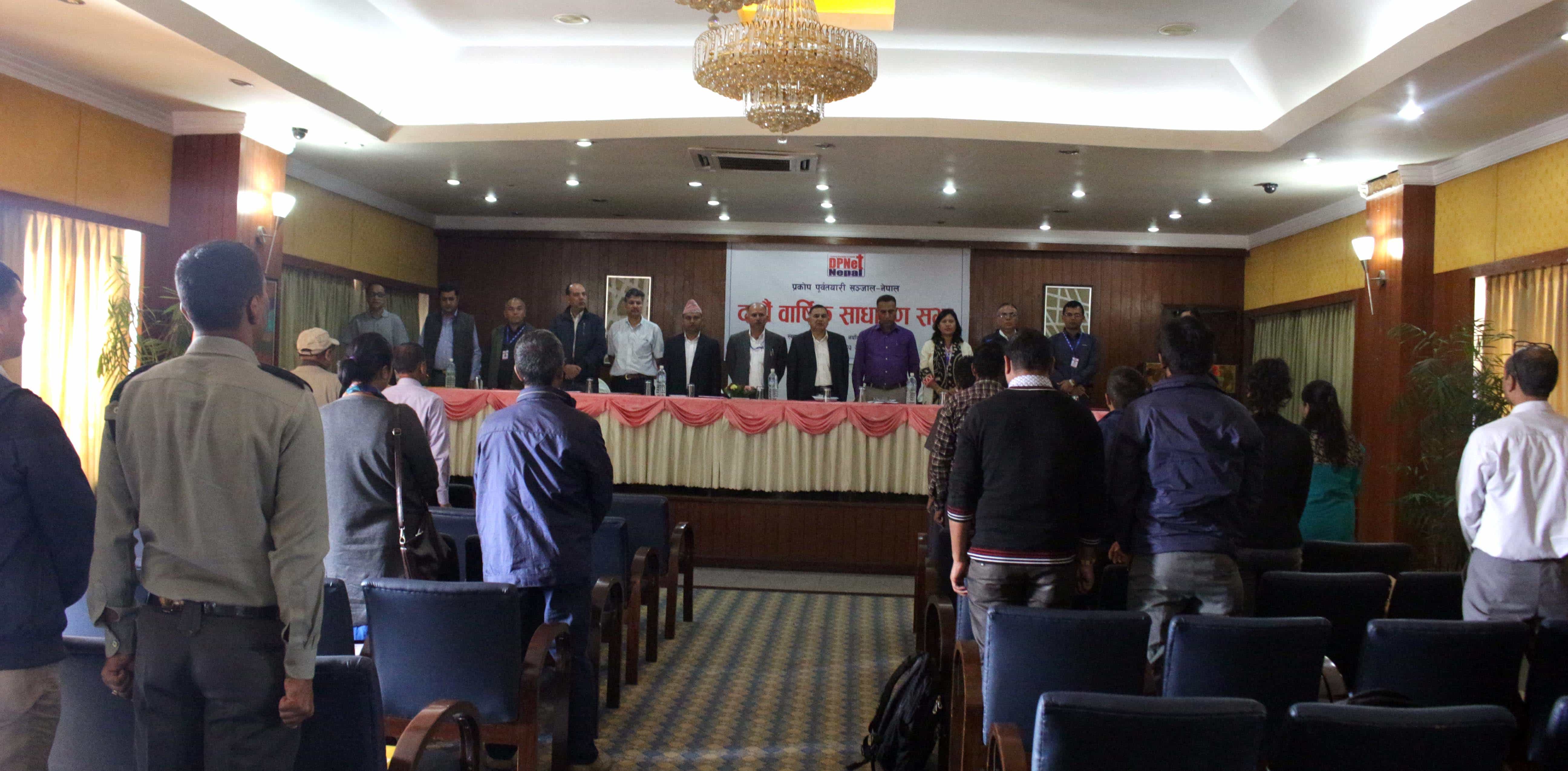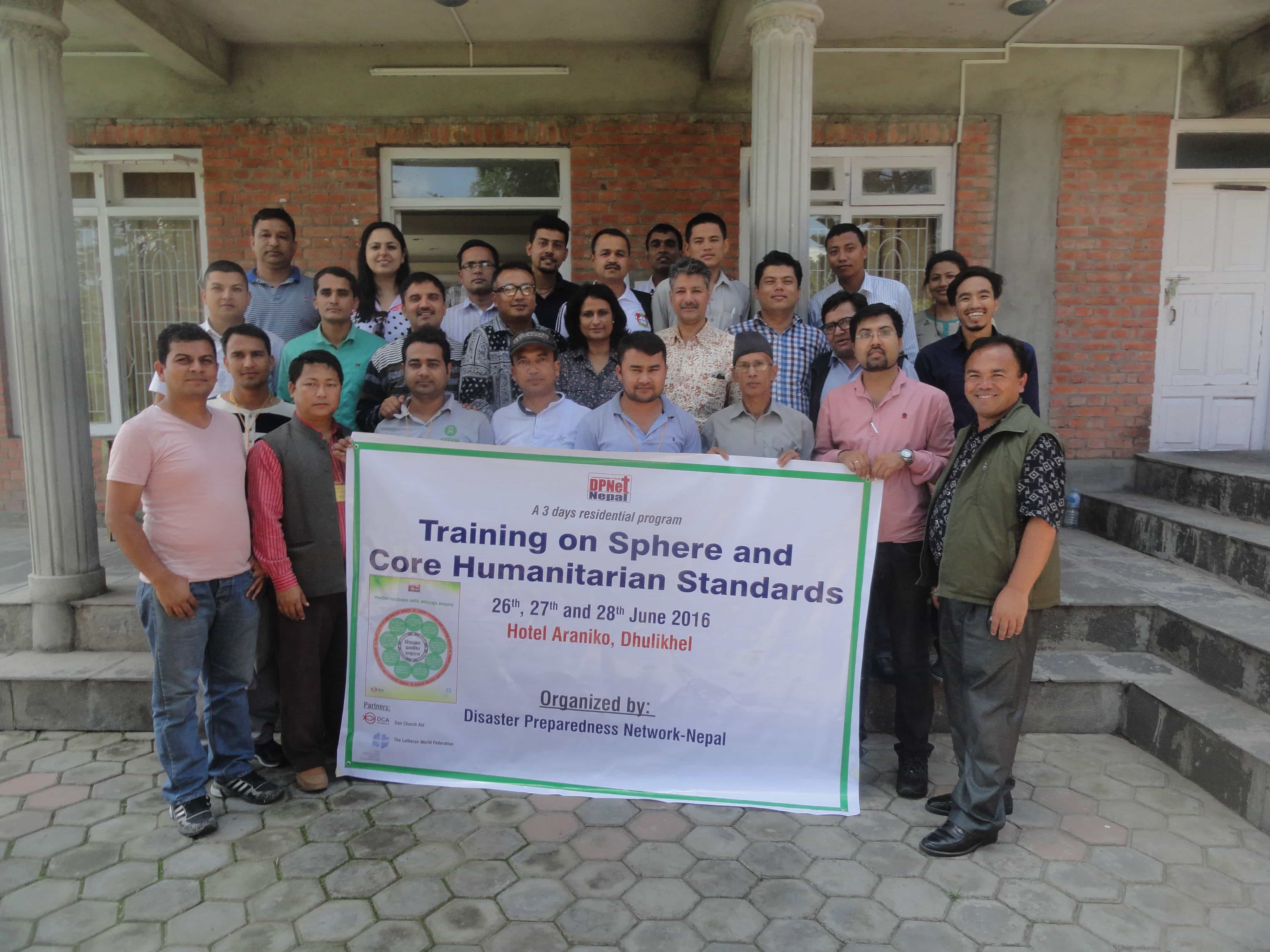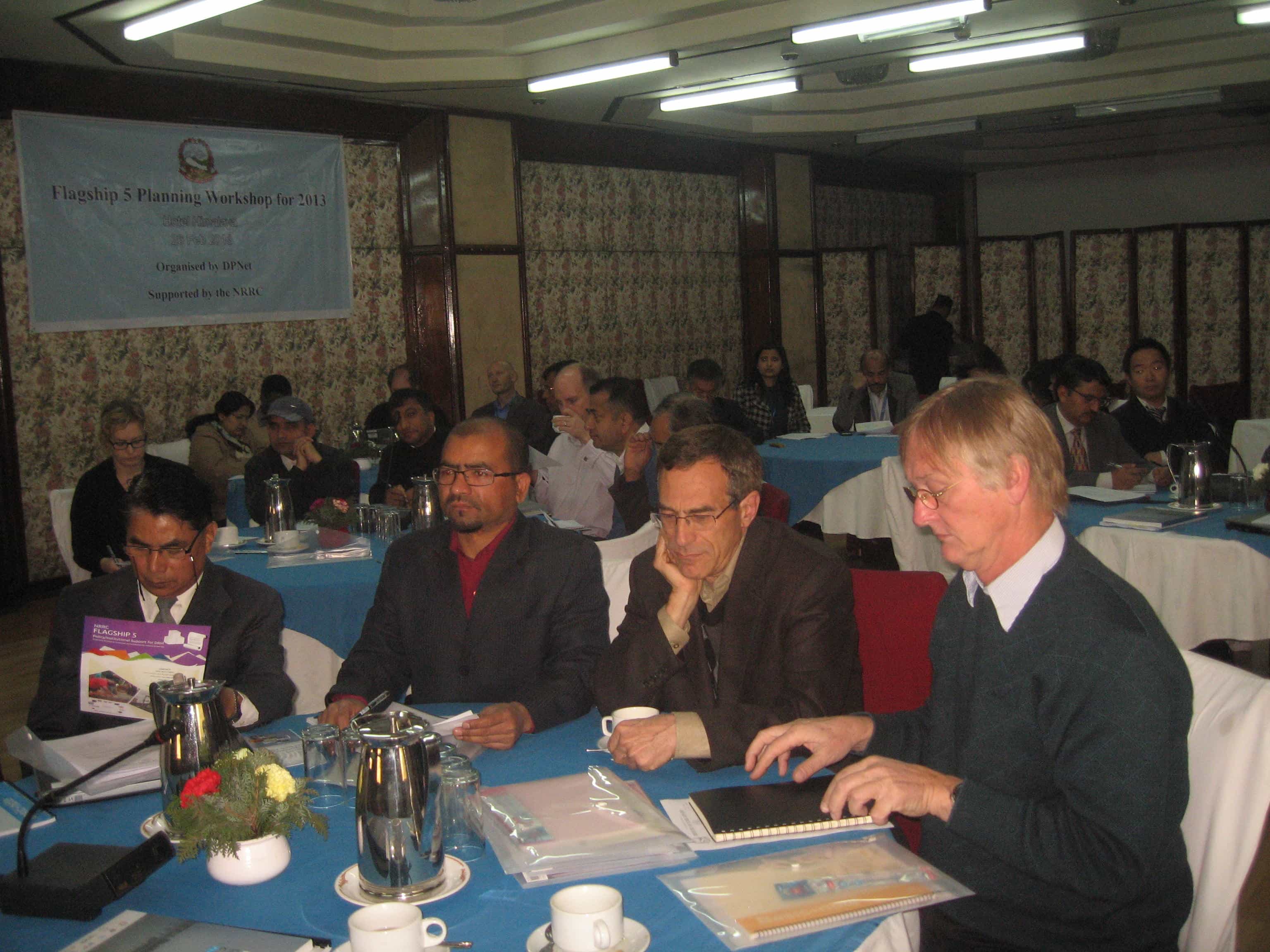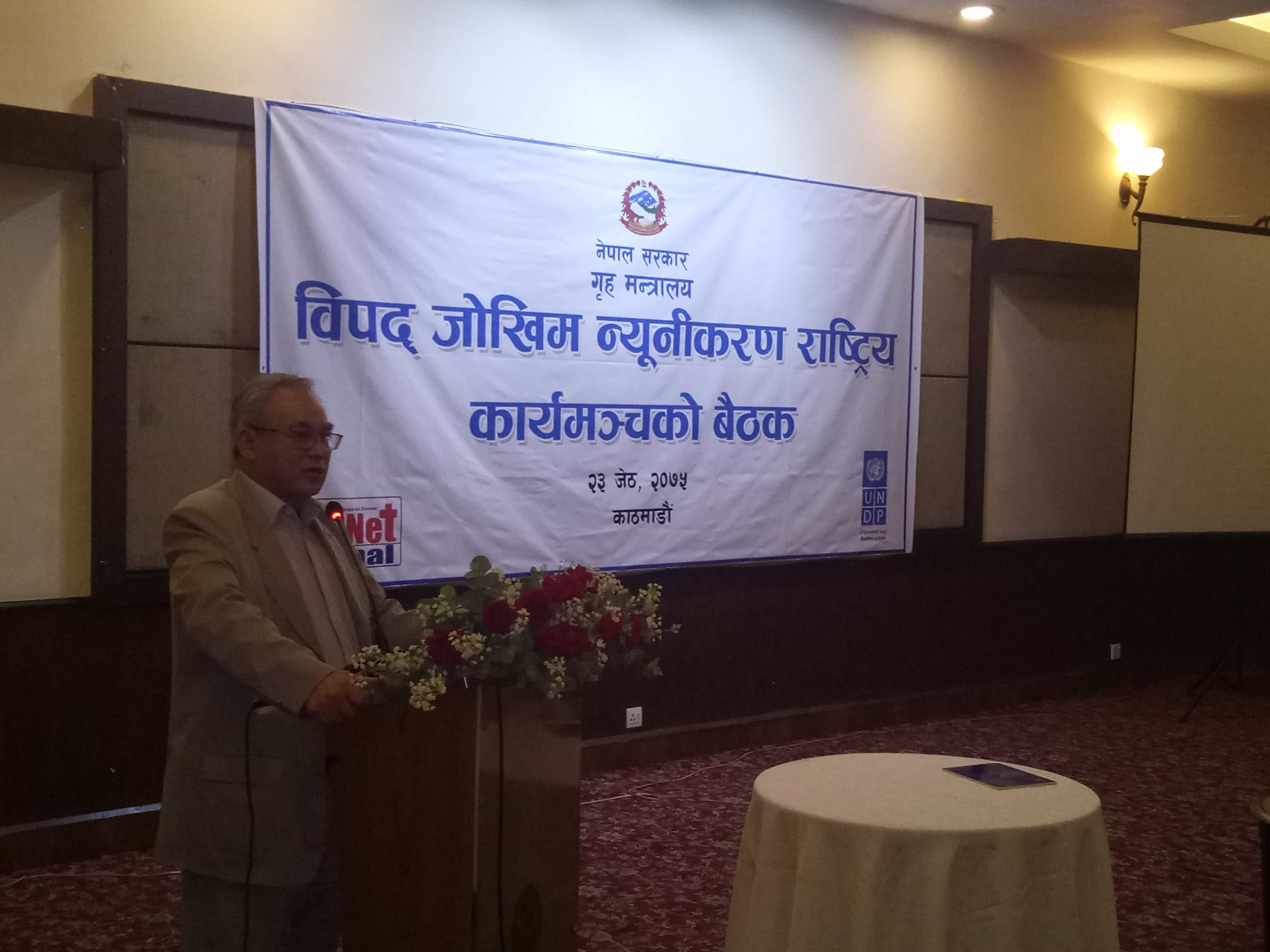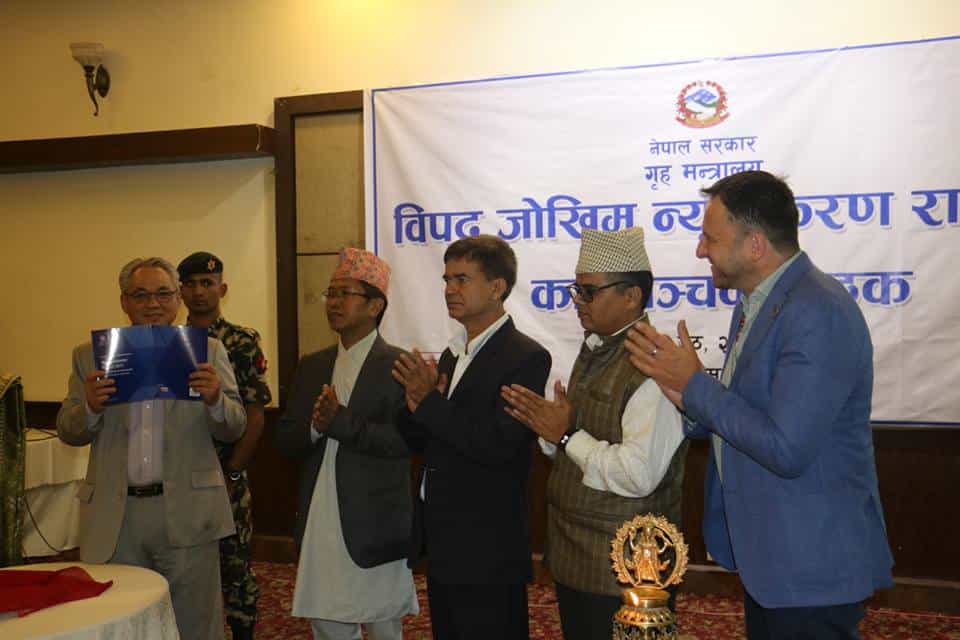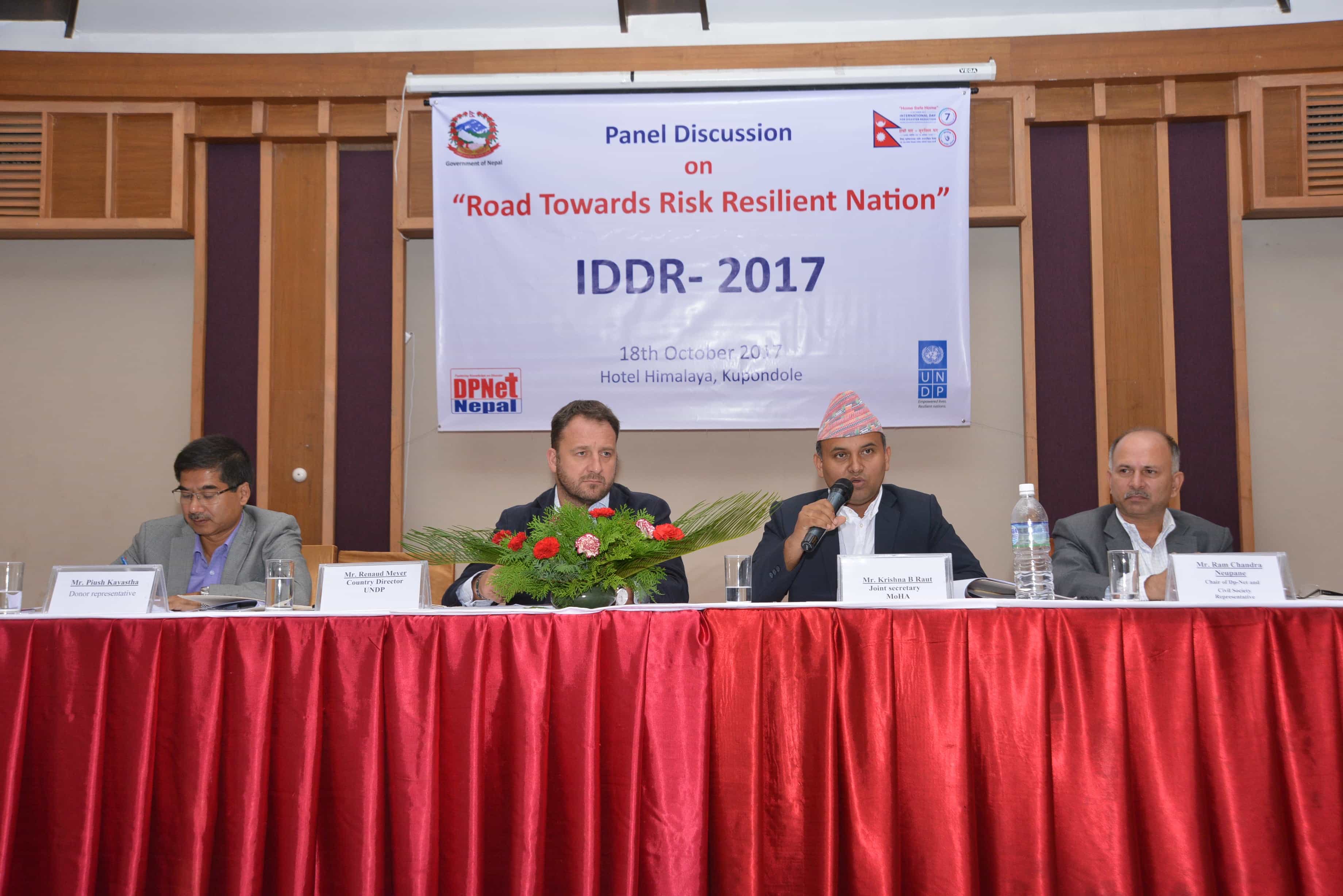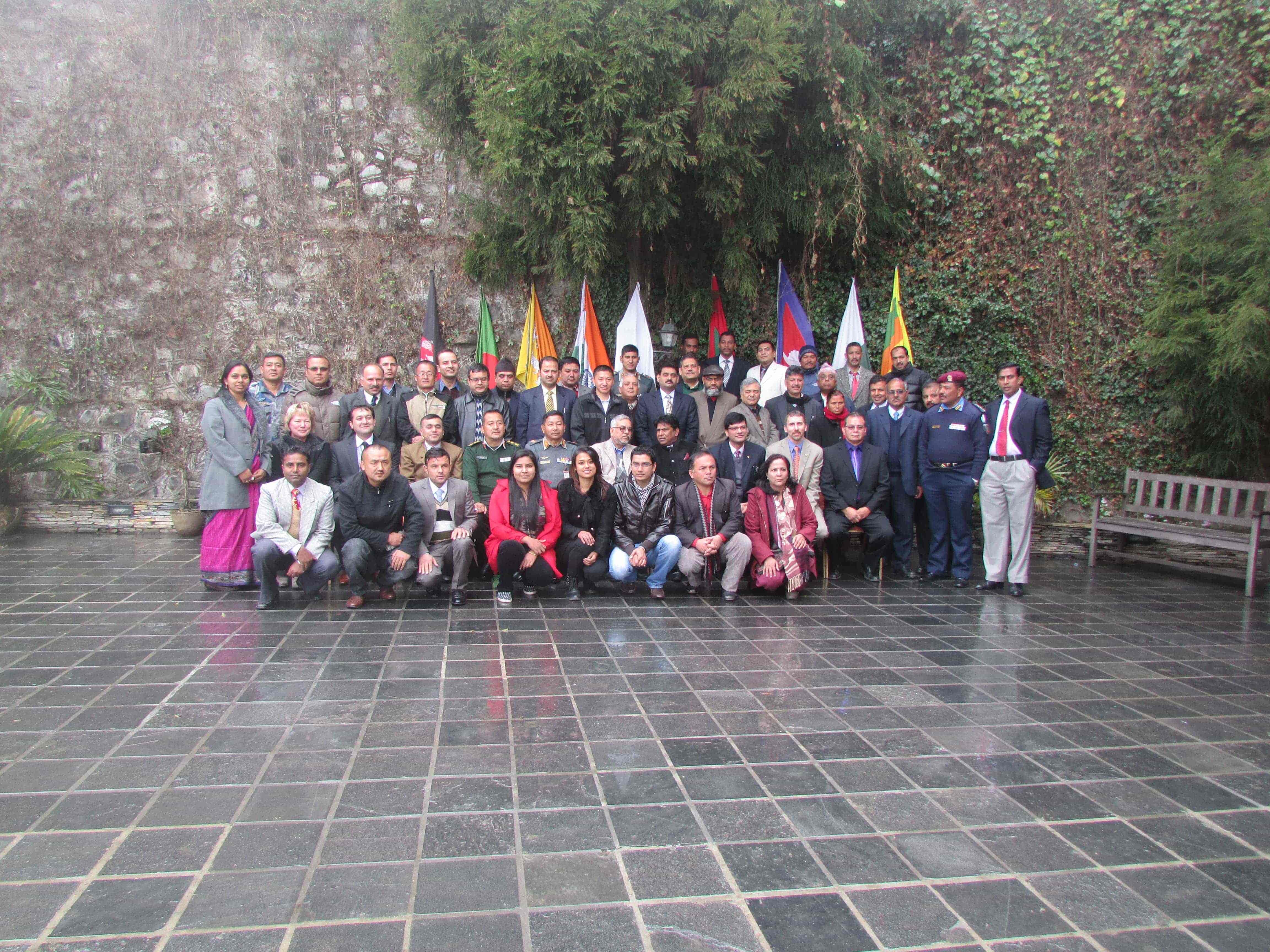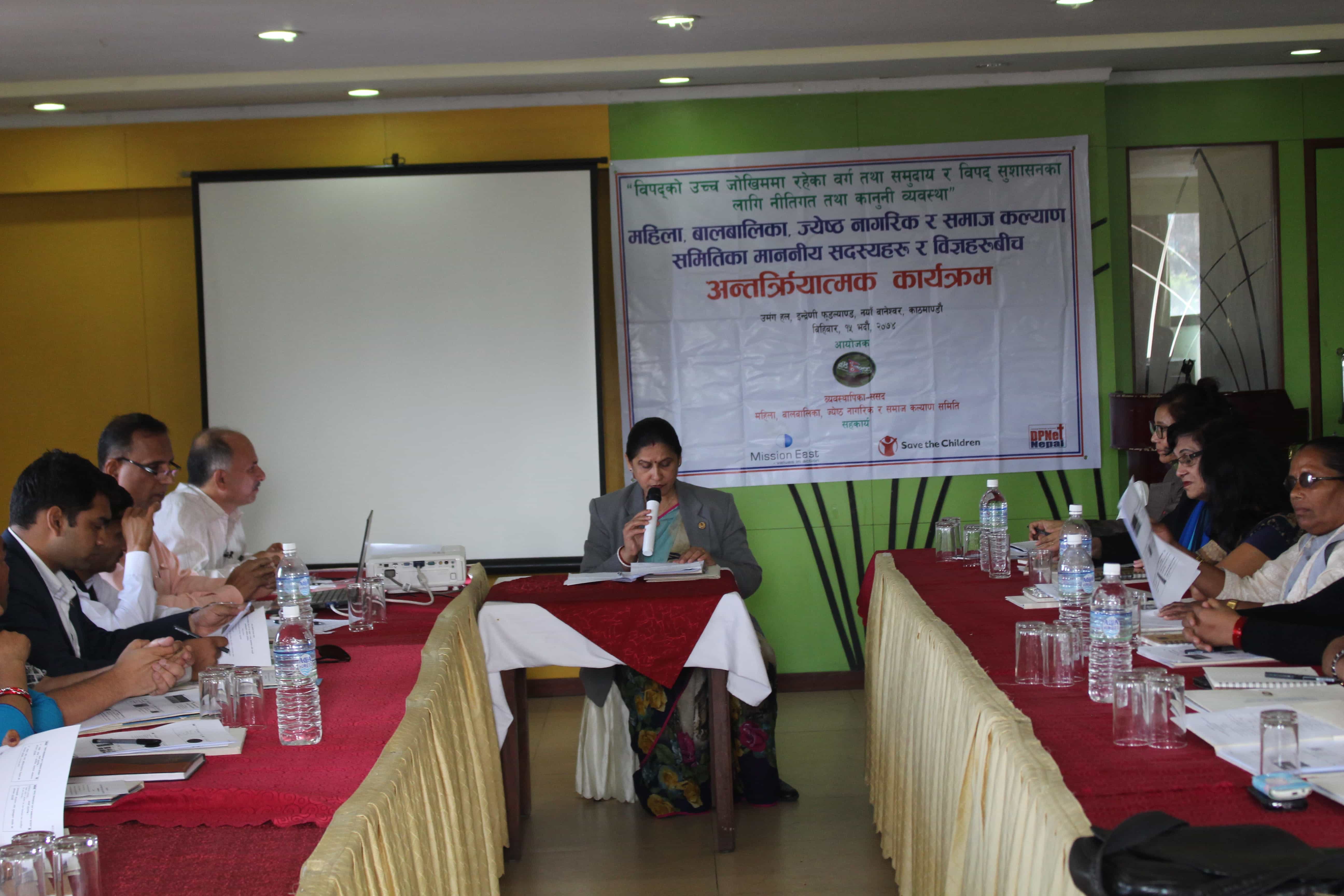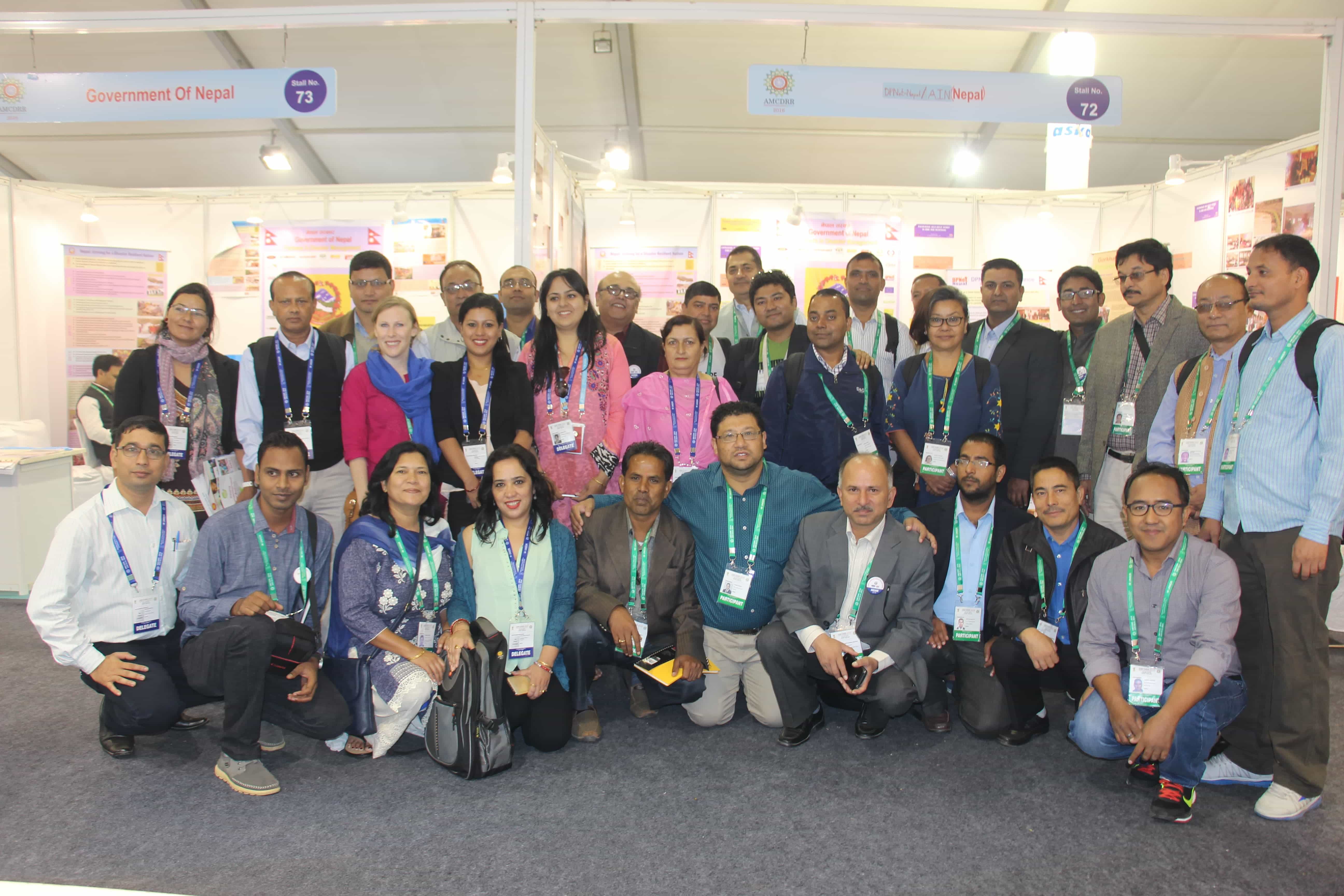DPNet and IHRR Host Workshop to Improve Humanitarian Training Framework
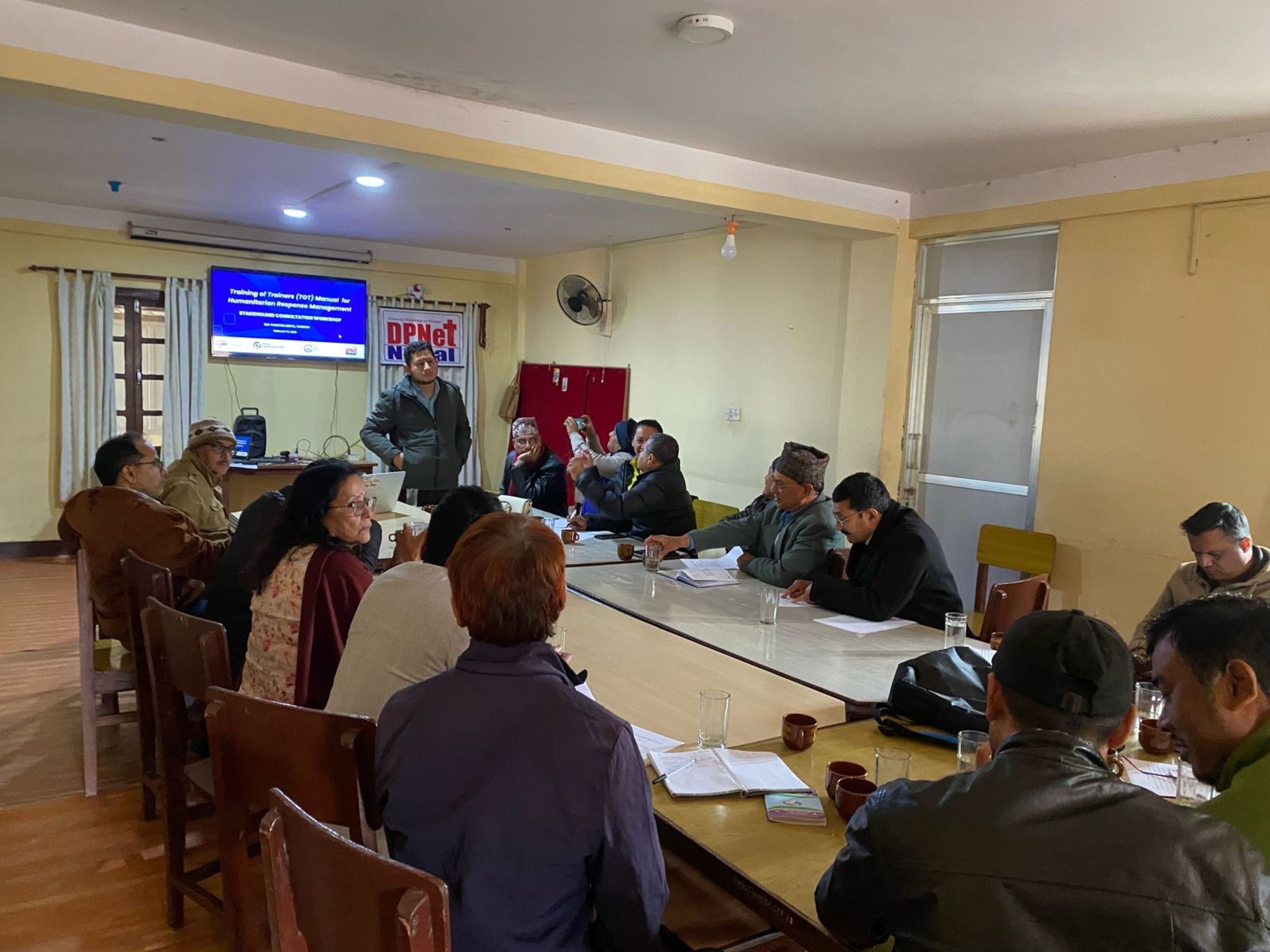
DPNet, in collaboration with the Institute of Himalayan Risk Reduction (IHRR), conducted a crucial stakeholder consultation workshop at Kathmandu, to discuss and refine the Training of Trainers (ToT) Manual for Humanitarian Response Management Training (HRMT). The workshop was technically supported by AWO International and Aktion Deutschland Hilft. The event brought together humanitarian practitioners, disaster response experts, trainers, and representatives from government and non-government organizations to discuss and provide input on the draft ToT manual. The objective of the consultation was to ensure that the manual effectively addresses key issues in humanitarian response management and remains practical for training future responders.
The workshop commenced with an inaugural session where Dr. Raju Thapa, Chairperson of DPNet Nepal, highlighted the primary objectives of the program. He emphasized the significance of a well-structured ToT manual in strengthening the capacity of humanitarian responders and ensuring a coordinated disaster response framework in Nepal. Following Dr. Thapa’s remarks, DPNet’s General Secretary, Suraj Gautam, presented the draft contents of the ToT manual, detailing its structure and focus areas. He highlighted the importance of gathering expert opinions to refine the document and align it with global humanitarian standards while keeping it concise and relevant for trainees.
For in-depth analysis and structured feedback, participants were divided into four working groups, each tasked with reviewing a specific section of the ToT manual. The groups were assigned the following thematic areas: Humanitarian Preparedness & Response Fundamentals, Humanitarian Assistance & Standards, Data Collection, Monitoring, and Evaluation, and Training Structure & Capacity Building. Each group engaged in discussions to review, refine, add, remove, or modify the contents within their assigned sections to ensure their relevance, clarity, and alignment with humanitarian response needs.
The first group focused on understanding the Humanitarian Project Cycle, disaster preparedness strategies, search and rescue techniques, relief operations, early recovery, and Nepal’s disaster response framework. Key discussions revolved around ensuring that the section adequately covers practical aspects that humanitarian responders would encounter in real-life emergencies. The second group examined the principles of humanitarian assistance, including Sphere Standards, Cash and Voucher Assistance (CVA), needs-based targeting, logistics, warehouse management, and accountability mechanisms in aid distribution. Participants emphasized the need to simplify complex terminologies and provide real-world case studies to enhance understanding.
The third group explored data collection tools such as Kobo Toolbox and AKVO, methodologies for initial rapid assessments, post-distribution monitoring, and ethical considerations in data collection. The discussion pointed out the importance of incorporating practical exercises and case scenarios in the manual for better comprehension and hands-on experience. The fourth group discussed the structuring of the ToT manual, effective training methodologies, engaging stakeholders, scenario-based learning, and aligning content with global humanitarian standards. A major point of discussion was how to make the training more interactive and participatory rather than relying on theoretical instruction.
A common concern raised across all groups was the risk of overwhelming trainees with excessive information. The participants unanimously recommended that the ToT manual should focus only on essential and directly relevant subject matter to ensure a practical and efficient training experience. Some of the key recommendations included eliminating non-essential theoretical content and emphasizing practical, field-oriented knowledge, reorganizing training modules to prioritize key topics and allow participants to grasp core concepts effectively, enhancing engagement techniques through case studies, role-playing, and scenario-based exercises, incorporating updated local and global best practices to align with evolving humanitarian response strategies, and including simplified language and visual elements for ease of comprehension.
